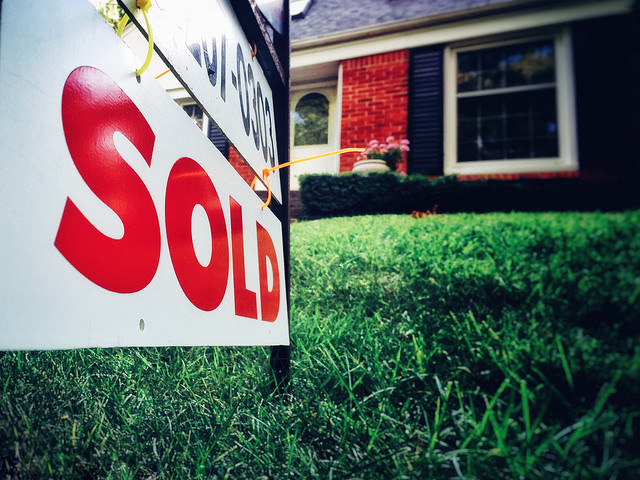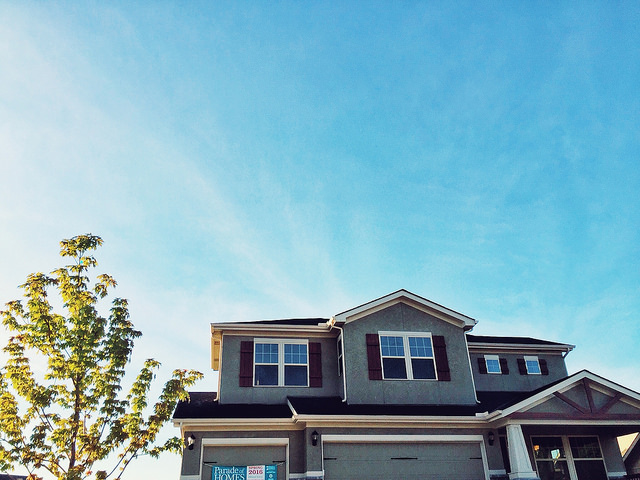You need to have some money if you want to buy a house. That’s no surprise. But knowing how much you need is another question. And it’s a question a lot of potential home buyers don’t know the answer to. In fact, a recent survey from Bankrate found that 51 percent of Americans said they didn’t know the required minimum down payment. Another 28 percent said a down payment of 20 percent was necessary to buy a house. In short, there are a lot of people who want to own their own home who may have misconceptions about what it takes to buy one. Deborah Kearns, mortgage analyst at BankRate, says buyers have options and knowing them can save them money. “Twenty percent of the purchase price has long been the recommended amount, however, many home buyers don’t realize that conventional loans require just 3 percent of the purchase price as a down payment and some VA and USDA loans don’t require anything at all,†Kearns said. “Local first-time home buyer assistance programs can also lower your upfront, out-of-pocket costs substantially at closing.†In other words, if you want to buy a house but think you can’t afford it, talk to your lender before talking yourself out of buying. More here.












